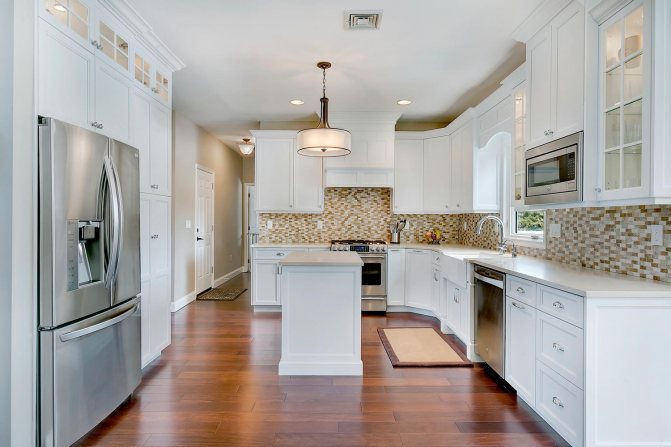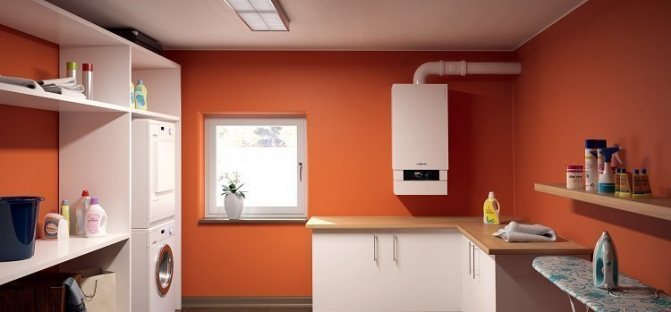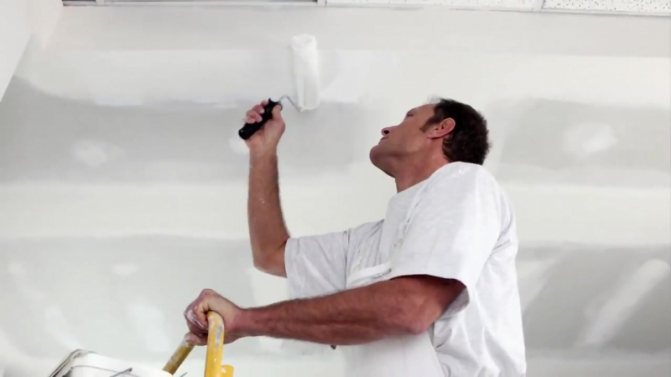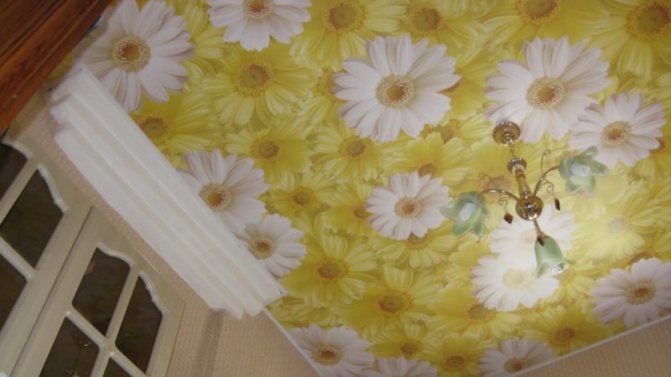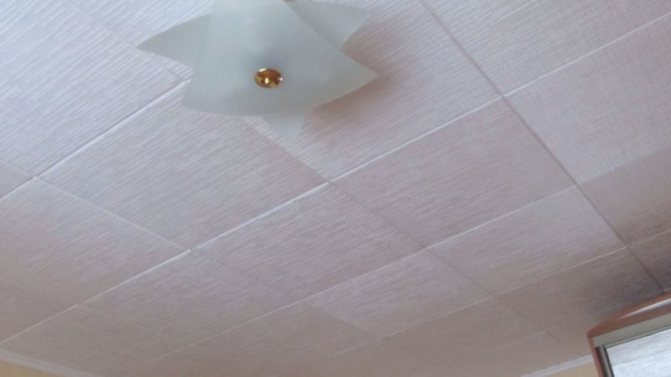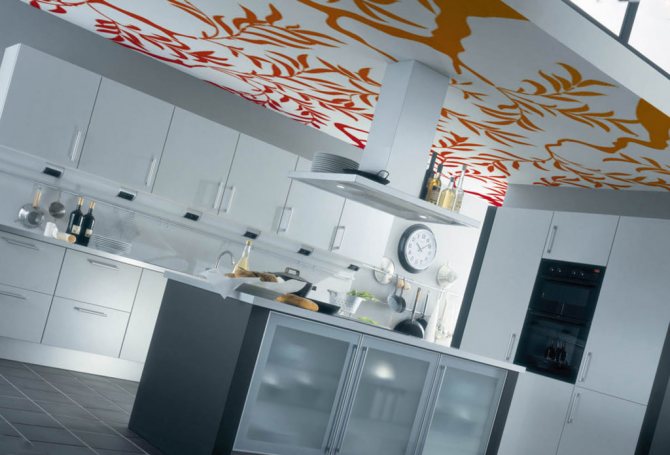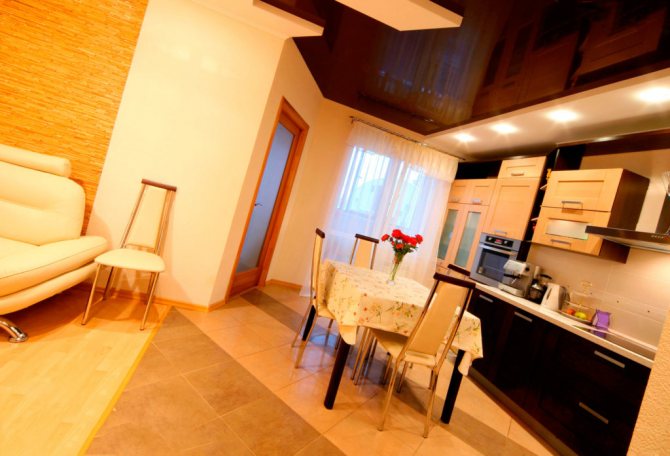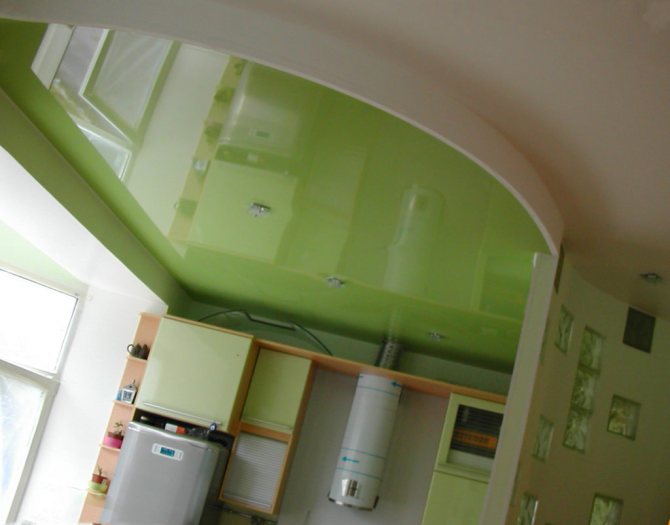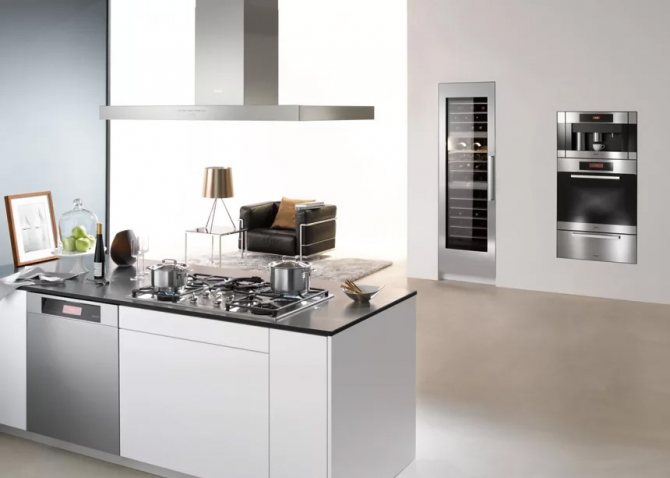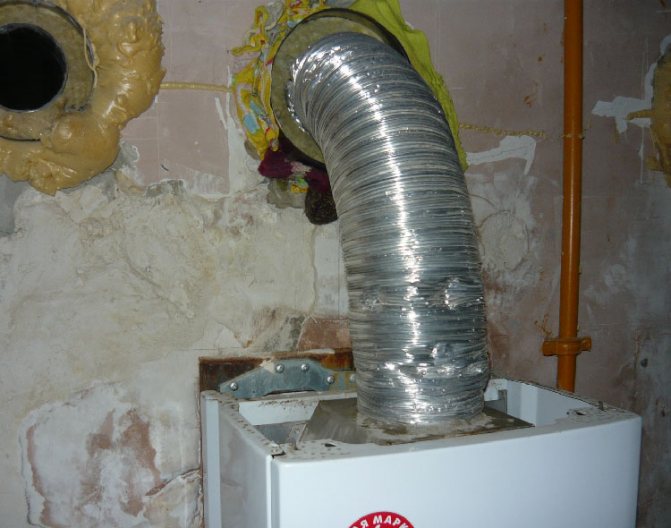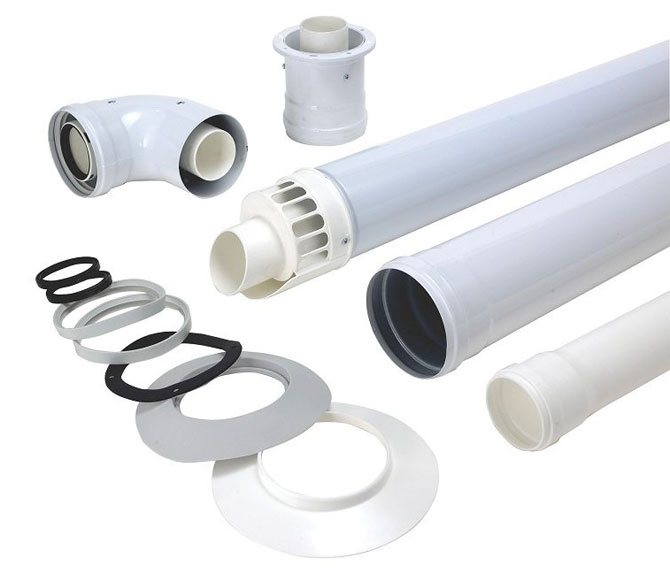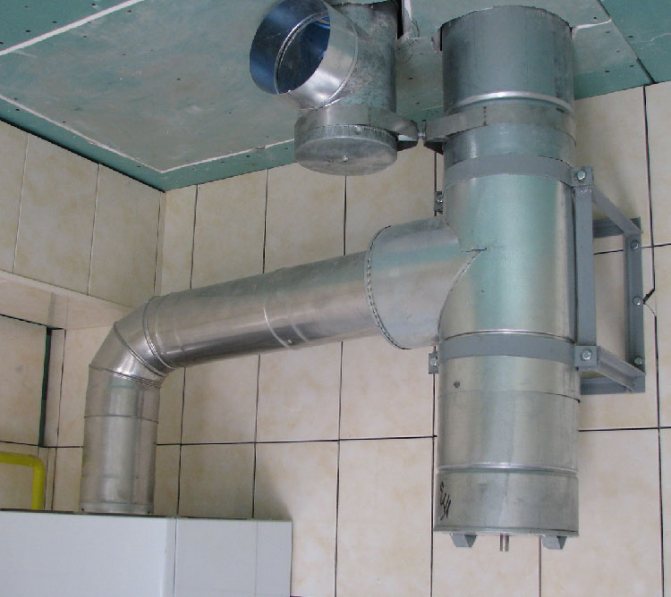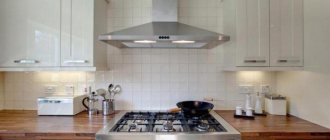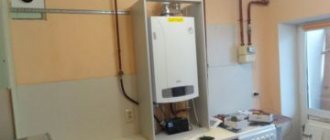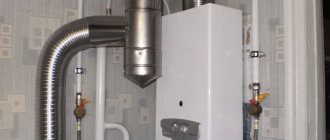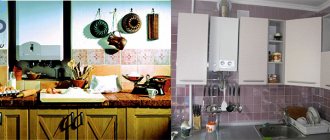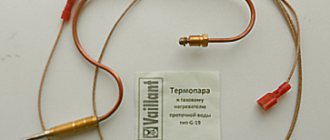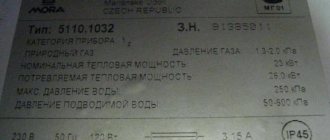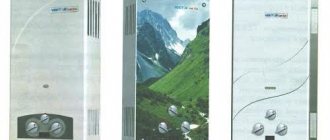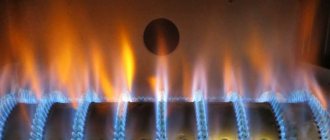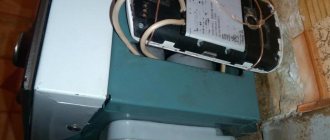One of the most common devices that can provide uninterrupted hot water supply at home is a gas water heater. It perfectly copes with heating any volume of water in the shortest possible time. At the same time, modern modifications allow you to clearly set the required temperature and automatically turn on and off in accordance with the operating mode of the taps.
Gas-fired instantaneous water heaters are quite economical and safe to use. The only inconvenience lies in the need to organize a high-quality removal of combustion products. Once and for all, this problem can be solved only with the help of a competent installation of a chimney for a gas column. When choosing the parameters and configuration of the flue system, it is necessary to follow the manufacturer's instructions and current regulations.
Requirements of regulatory documents
According to the table of definitions of NPB 252-98, the exhaust pipe for the gas water heater is the connecting pipe for the flue gas outlet of the apparatus and the flue duct. Accordingly, it transports the products of gas combustion and must meet the requirements for chimneys. Failure to comply with them is fraught with gas pollution of the room and carbon monoxide poisoning.
All requirements for chimneys are set out in the following regulatory documents:
- NPB 252–98;
- Rules for the production of pipe and furnace works VDPO;
- SP 42-101-2003, Appendix G
- SP 60.13330.2012, which is an updated version of SNiP 41-01-2003 (instead of SNiP 2.04.05-91).
The main provisions that directly relate to smoke removal from household gas water heaters are reduced to the following points:
- The cross-sectional area of the chimney is taken to be not less than the cross-section of the unit outlet pipe;
- It is necessary to ensure the complete tightness of the chimney, its resistance to corrosion and high temperatures up to 200 ° C;
- The laying of connecting pipes through living rooms is prohibited;
- The vertical section of the chimney at the outlet of the column should be from 500 mm in height, in some cases it is allowed to decrease to 250 mm
- The connecting pipes should be up to 3 m long in new buildings and up to 6 m in existing ones;
- It is allowed to use no more than 3 turns with a bend radius not less than the diameter;
- The exhaust pipe is installed at a distance from the ceiling or wall made of non-combustible materials at least 5 cm, if they are combustible or hardly combustible, then at least 25 cm. The distance can be reduced to 10 cm by taking protective measures in accordance with SP 42-101-2003;
- If the connecting pipe for the gas water heater passes through an unheated room, then thermal insulation must be used;
- The exhaust pipe must be laid with a slope of 0.01 or more towards the appliance.
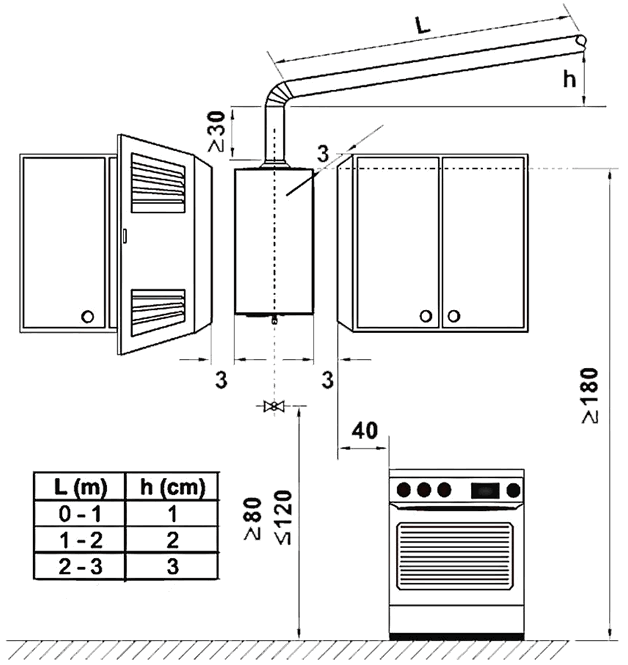
Important! Removal of combustion products is possible only through smoke ducts or specially installed chimneys; the use of ventilation ducts is strictly prohibited.
Smoke ducts are arranged in walls made of non-combustible materials and are insulated, if necessary, to avoid condensation. If there are no suitable walls or channels for the removal of combustion products are not provided in the building in use, then a stacked or root type chimney is installed.
Each combustion device must have a separate chimney or chimney. In some cases, it is allowed to discharge exhaust gases from the column and the boiler into one chimney with an increase in the pipe section.In this case, the introduction of combustion products into the channel should be carried out at different levels at a distance of at least 0.75 m or at the same level using a cut 0.75 m high and 0.12 m thick.
The chimney must be strictly vertical and have a removable branch pipe or pocket 250 mm deep at the base with a door for cleaning soot. If it is necessary to bypass existing obstacles, a deviation of up to 30 ° from the vertical is allowed, while the cross-sectional area is preserved, and the extension should not exceed 1 m.
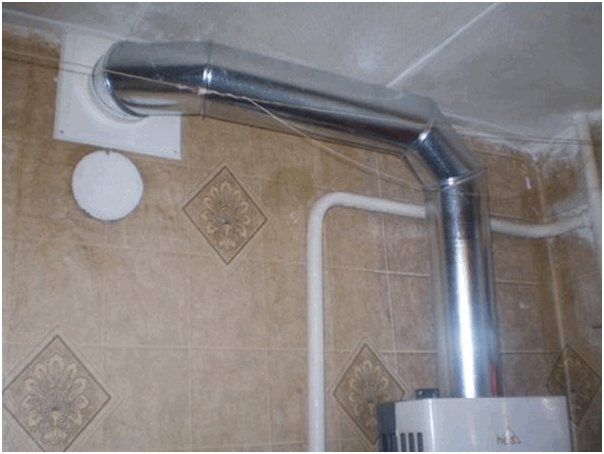

On a note: a round or rectangular opening under the flue inlet is for cleaning soot and must always be accessible for maintenance. When doing general cleaning in the kitchen, do not forget to open the door and clean out soot, leaves and other debris.
Chimney height is a key factor in creating good draft. It is she who is decisive in the issue of high-quality removal of combustion products. The height of the chimney should be determined in accordance with the diagram given in SP 42-101-2003 (Appendix D).
If there are taller buildings or trees nearby, then it is necessary to additionally check the height of the wind support zone and, if necessary, increase the height of the chimney. In any case, the elevation above the adjacent part of the roof must be at least 50 cm, and with a combined (flat) roof - at least 200 cm.
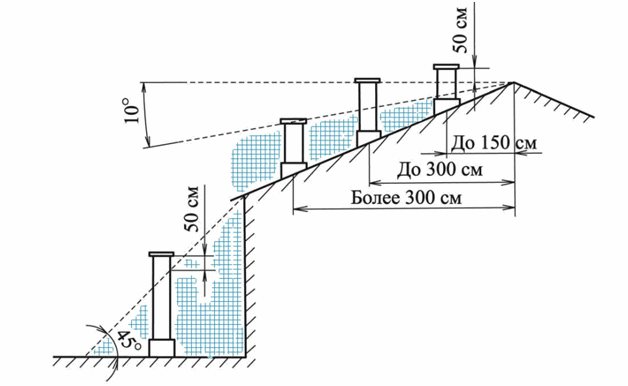

After completion of the installation, the tightness of the flue gas pipe and the presence of a draft must be checked. In order to avoid the danger of the disappearance of draft as a result of freezing of the head or its overlapping by foreign objects, it is prohibited to use nozzles on chimneys in the form of umbrellas, deflectors, etc.
On a note: in rooms with hermetically sealed windows, the gas water heater may periodically turn off due to insufficient air flow. The automation stops the operation of the water heater to prevent backflow, which may occur due to the rarefaction of air in the room. To eliminate the problem, it is enough to keep the kitchen window in micro-ventilation mode while the column is operating.
Finishing features
In terms of everyday life, the kitchen room can be considered the most dangerous in the house. There is a risk of accidental fire, elevated temperature and humidity.... The material for finishing the ceiling must withstand the effects of vapors and heat, without changing its original properties.
Regardless of whether you are using an electric hob or a gas stove for cooking, the steam emitted from the pots contains particles of fat, and the air contains soot and soot. This means that the ceiling in the kitchen will need to be cleaned or renewed more often than in other areas.
Selection of pipeline material
Going to buy a chimney, you need to carefully study the installation conditions, know the model of the gas column, the diameter of the smoke exhaust pipe and the required lengths of the pipeline sections. It is advisable to stock up on a water heater location diagram indicating all distances, this will help you better navigate when choosing the necessary elements and, if necessary, get expert advice.
According to SP 60.13330.2012, connecting and chimneys must be made of non-combustible materials with an equivalent roughness of the inner surface of not more than 1.0 mm. In addition, they must be tight with a class of tightness B and not allow air leaks at the joints and in the places where they are adjacent to the flue duct. The use of materials such as ceramics and stainless steel is recommended.
In SP 42-101-2003, it is allowed to use roofing or galvanized steel with a thickness of 1 mm or more, flexible metal corrugated pipes and standardized elements supplied with the unit.
It is very important that the material of the chimney is resistant to corrosion, as condensation can quickly destroy it. The smoother the inner surface, the less soot will collect on it. The roughness of the outer surface is not standardized, but from the point of view of ease of cleaning, a smoother material for the connecting pipe will be more practical.
Nevertheless, corrugated pipes are quite popular for connecting a gas water heater to a chimney. They are easy to work with and very comfortable in confined spaces. Their use allows you to successfully bend around obstacles and carry out hidden installation, hiding equipment in cabinets and closing the pipeline with removable panels.
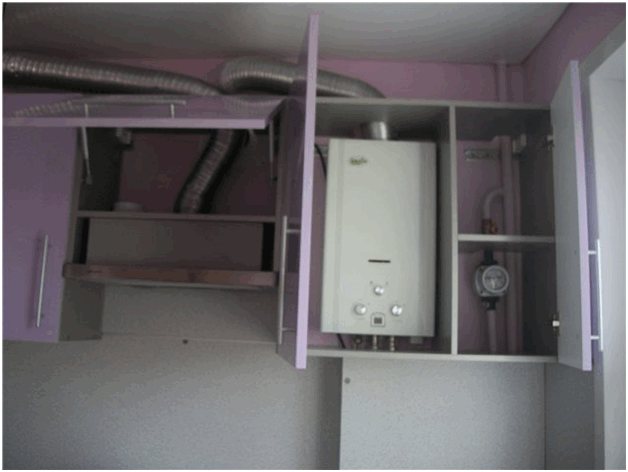

The main disadvantage of corrugated pipes is the possibility of burning out under the influence of high temperatures. Therefore, for fire safety purposes, it is recommended to use a stainless steel corrugation rather than a cheaper aluminum one.
Galvanized steel with a thickness of 1 mm is a perfectly acceptable material, but it is believed that when hot, galvanized steel can release harmful substances. Accordingly, its use is undesirable for models with high flue gas temperatures.
Exhaust pipes made of steel coated with heat-resistant enamel have proven themselves quite well. White shiny pipes look pretty cute in the kitchen and can fit into almost any interior.
The ideal material in terms of durability, aesthetics and compliance with all requirements is stainless steel. It is not threatened with corrosion, burnout, dust accumulation, or accidental damage. Quite naturally, it turns out to be the most expensive.
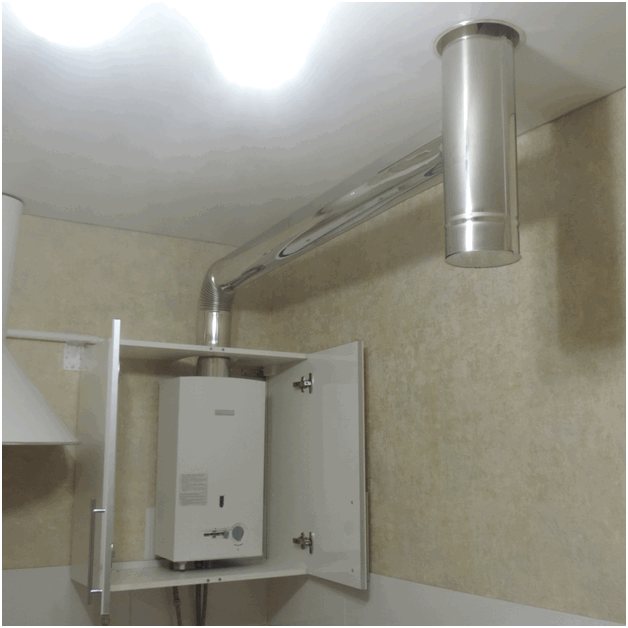

Gas water heater and hood in the kitchen: useful recommendations
Almost every hood owner knows that it is forbidden to combine a gas water heater and a hood in the kitchen. For a room, a kitchen hood in combination with a gas water heater is a threat, since ventilation creates an air draft: it can cause a gas leak, and this will lead to the most dangerous consequences. The only option is to install a recirculation hood: and even then, it is better to consult with the employees of the gas service so that they voice their authoritative opinion.
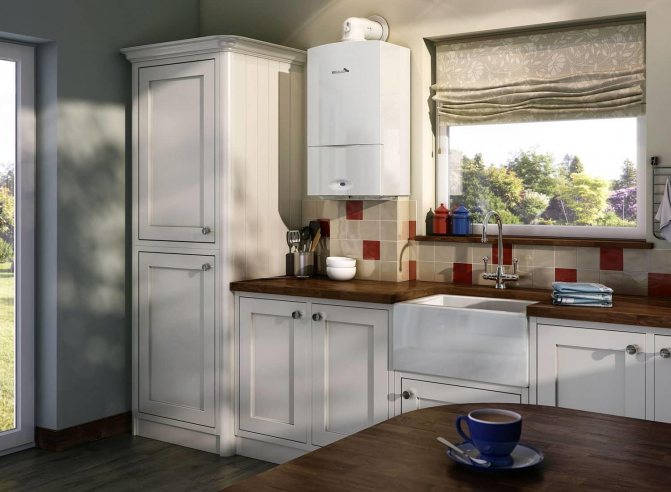

If you have a gas water heater installed. then it is better not to risk it and give up the hood
Exhaust ventilation is prohibited. The best solution would be to use a conventional filter: it can remove odors from the air no worse than a cooker hood. If you care about your health and the lives of your loved ones, then you should not risk it, because no hoods and ventilation are worth risking not only your life, but also the life of your loved ones.
Installation procedure
Installation of a chimney for a gas column made of any material begins with measurements and preparation of all the necessary elements. In the case of corrugation, the work procedure is very simple. It is enough to take the pipeline of the required length, put it on the flue pipe of the water heater and clamp it with a clamp. The free end is inserted into a decorative ring and fixed in the opening of the smoke channel. The main thing here is to comply with the correspondence of the diameter of the corrugated pipe to the size of the column outlet.
For all other materials, you need to prepare the required number of straight and rotary elements, which will be inserted into each other, forming the desired chimney configuration according to the designer principle. The angles of rotation are used standard or are made individually for specific dimensions.
When assembling, ensure the maximum tightness of the connections. The entry of one element into another must be at least half the diameter. A heat-resistant sealant is used for better sealing. The joints are fastened with clamps and are located outside the ceilings in free access.
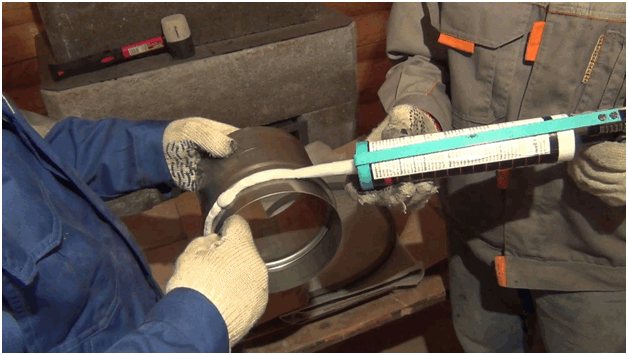

Fastening the chimney for the gas column, you should exclude the possibility of sagging, as well as contact with electrical wiring, gas pipes and other communications. To pass through the ceilings and the roof, it is necessary to use additional thermal insulation or a special unit - cutting.
Due to the limitation on the number of permissible turns, the number of possible chimney configurations is rather limited. There are three main options in total, depending on the location of the exhaust outlet. Two more can be obtained by mirroring the previous ones.


All requirements and recommendations stated above apply to devices with an open combustion chamber. The norms also allow the removal of combustion products through an outer wall without a vertical smoke channel from gas columns with a closed combustion chamber and forced exhaust gas emission. In this case, the installation is carried out according to the manufacturer's instructions in compliance with the standard distances and the length of the coaxial chimney specified in SP 42-101-2003.
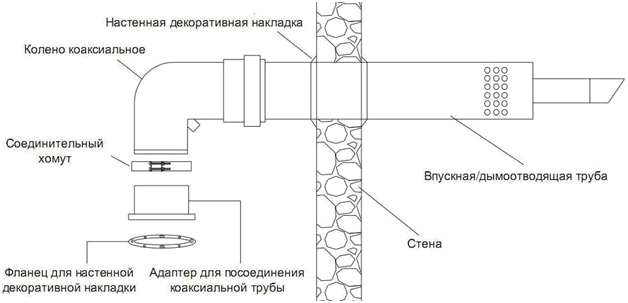

The choice of stretch ceilings for kitchen decoration
Having decided to use stretch ceilings in the kitchen with gas equipment, you need to decide on their type, color palette and decor option. Depending on the material, the following canvases are distinguished:
- Film. They are made of PVC film and can have a matte or glossy surface, as well as a satin-like texture. Stretch ceilings of this type are resistant to moisture and high temperatures, affordable and easy to maintain. They do not absorb odors and do not emit toxic substances, but they can be damaged by sharp objects.
- Fabric. For the production of the material, polyester is impregnated with polyurethane, obtaining a surface with a matte texture resembling plaster. Fabric ceilings are stronger and more resistant to mechanical deformation. They are breathable and able to withstand low temperatures. Fabrics have good sound and heat insulation properties, but are more laborious to maintain and cost significantly more.
When choosing stretch ceilings for the kitchen, in addition to the cost, the design features of the room are taken into account. For the decoration of small kitchens, canvases with a glossy surface are used, which create the effect of visually increasing the space and make it lighter. In spacious rooms, matte or satin ceilings can be installed, and fabric ceilings look organically in combination with a luxurious interior. The color scheme of the stretch fabrics and the decorative finish must match the design concept of the room.
Advice! In addition to glossy ceilings, satin and matte canvases in light shades help to visually increase the space.

